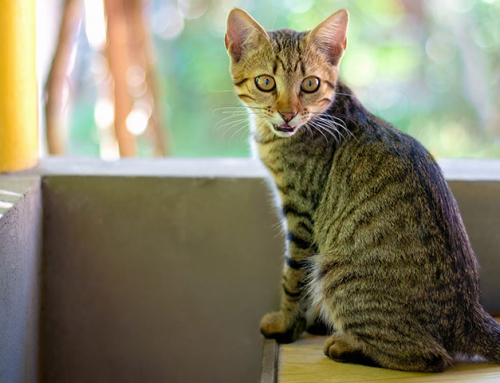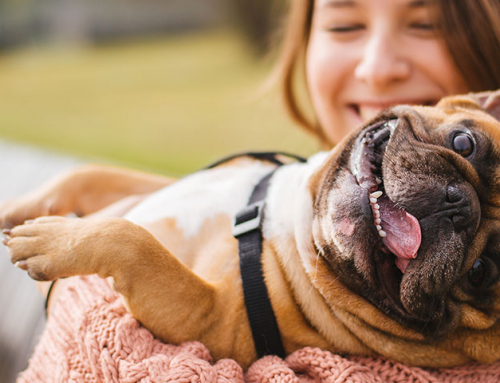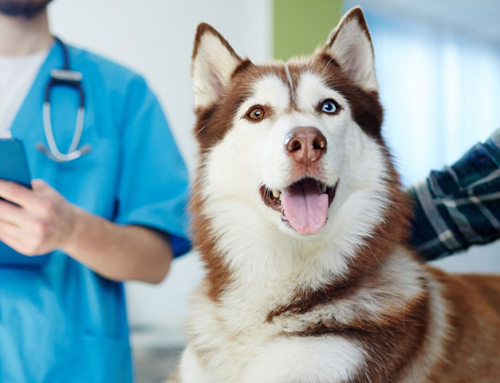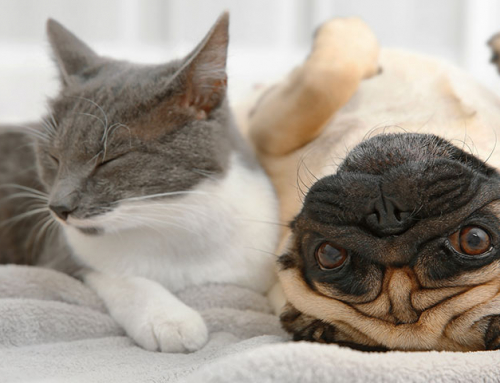I recently had a client with a newly diagnosed diabetic pet who was having trouble getting a big enough blood droplet for the glucose meter. It can be daunting and frustrating to get a sample of blood when you first begin. I thought today I’d share with you all some suggestions for getting an adequate blood sample for the glucose meter you are using.
I personally prefer the marginal ear vein for obtaining my capillary samples, but folks have been known to use the oral mucosa (inside of lip), foot pads, or really any exposed skin. I oftentimes will clip the fur short over the ear of a fuzzy pet to prevent the fur from wicking the blood sample away from the site poked. Some people have dabbed a tiny touch of Vaseline on the skin to help the blood drop bead up. (I’ve not personally found that necessary, but I will never say never!) For a particularly small pet you might put a warm towel just out of the dryer over the area to improve the blood flow. Or, rubbing the site between your hands to create warmth by friction can improve the amount of blood obtained.
I used to prefer using a 25 gauge needle with a wad of gauze or cotton between my left (non-dominant) hand and the ear. This material between the ear and my left hand prevented me from poking myself if I accidentally poke too deeply. After I get my sample of blood I use the wad of gauze to hold off the skin puncture site to prevent a bruise. Lately I prefer a lancet. Many blood glucose monitoring starter kits come with a lancing device. If you choose to use a lancing device, get one that has variable depths. I also prefer devices that offer a clear top piece so that I can view to align the center of the lancing device over the marginal ear vein. Some pets dislike the light clicking noise made by a lancing device.
Once the poke has been made (whether using a lancet or a needle), if the blood doesn’t readily come out, you can massage the ear to “milk” it out. I always have the volume of the glucose meter on so that it beeps at me when there is adequate blood.
If you are still having issues, take your pet and your glucose meter to your family veterinarian. Your vet or one of the clinic technicians can take you through the steps. Sometimes people are timid about poking their pets. They feel mean! Do not feel bad about a quick poke. Your pet will thank you when the diabetes is controlled and your pet is feeling healthy once more.
NOTE: Consult your doctor first to make sure my recommendations fit your special health needs.






Thank you, This was very helpful.